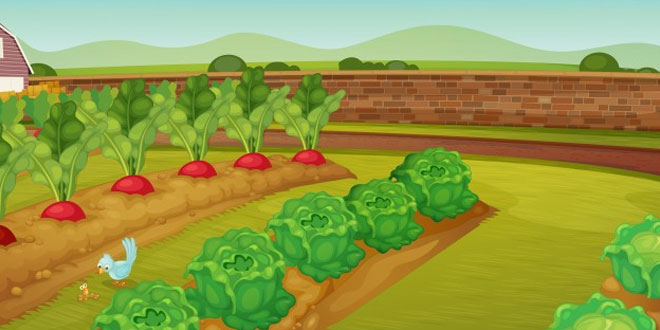Question: What was the effect of the new machines on the farmers?
Answer: For the poorer farmers, machines brought misery. Many of them bought these machines, imagining that wheat prices would remain high and profits would flow in. If they had no money, the banks offered loans. Those who borrowed found it difficult to pay back their debts. Many of them deserted their farms and looked for jobs elsewhere.
But jobs were difficult to find. Mechanisation had reduced the need for labour. And the boom of the late nineteenth and early twentieth centuries seemed to have come to an end by the mid-1920s. After that, most farmers faced trouble. Production had expanded so rapidly during the war and post-war years that that there was a large surplus. Unsold stocks piled up, storehouses overflowed with grain, and vast amounts of corn and wheat were turned into animal feed. Wheat prices fell and export markets collapsed. This created the grounds for the Great Agrarian Depression of the 1930s that ruined wheat farmers everywhere.
Question: Where did Opium come from?
Answer: When the British conquered Bengal, they made a determined effort to produce opium in the lands under their control. As the market for opium expanded in China, larger volumes of opium flowed out of Bengal ports. Before 1767, no more than 500 chests (of two maunds each) were being exported from India. Within four years, the quantity trebled. A hundred years later, in 1870, the government was exporting about 50,000 chests annually. Supplies had to be increased to feed this booming export trade. But this was not easy.
For a variety of reasons, they were unwilling to turn their fields over to poppy. First, the crop had to be grown on the best land, on fields that lay near villages and were well manured. On this land peasants usually produced pulses. If they planted opium on this land, then pulses could not be grown there, or they would have to be grown on inferior land where harvests were poorer and uncertain. Second, many cultivators owned no land.
To cultivate, they had to pay rent and lease land from landlords. And the rent charged on good lands near villages was very high. Third, the cultivation of opium was a difficult process. The plant was delicate, and cultivators had to spend long hours nurturing it. This meant that they did not have enough time to care for other crops. Finally, the price the government paid to the cultivators for the opium they produced was very low. It was unprofitable for cultivators to grow opium at that price.
Question: How were the unwilling cultivators made to produce Opium?
Answer: Unwilling cultivators were made to produce opium through a system of advances. In the rural areas of Bengal and Bihar, there were large numbers of poor peasants. They never had enough to survive. It was difficult for them to pay rent to the landlord or to buy food and clothing.
From the 1780s, such peasants found their village headmen (mahato) giving them money advances to produce opium. When offered a loan, the cultivators were tempted to accept, hoping to meet their immediate needs and pay back the loan at a later stage. But the loan tied the peasant to the headman and through him to the government.
It was the government opium agents who were advancing the money to the headmen, who in turn gave it to the cultivators. By taking the loan, the cultivator was forced to grow opium on a specified area of land and hand over the produce to the agents once the crop had been harvested. He had no option of planting the field with a crop of his choice or of selling his produce to anyone but the government agent. And he had to accept the low price offered for the produce.
Question: What other ways the problem of opium production could be solved?
Answer: The problem could have been partly solved by increasing the price of opium. But the government was reluctant to do so. It wanted to produce opium at a cheap rate and sell it at a high price to opium agents in Calcutta, who then shipped it to China. This difference between the buying and selling price was the government’s opium revenue. The prices given to the peasants were so low that by the early eighteenth century angry peasants began agitating for higher prices and refused to take advances. In regions around Benaras, cultivators began giving up opium cultivation.
They produced sugarcane and potatoes instead. Many cultivators sold off their crop to travelling traders (pykars) who offered higher prices. By 1773, the British government in Bengal had established a monopoly to trade in opium. No one else was legally permitted to trade in the product. By the 1820s, the British found to their horror that opium production in their territories was rapidly declining, but its production outside the British territories was increasing.
It was being produced in Central India and Rajasthan, within princely states that were not under British control. In these regions, local traders were offering much higher prices to peasants and exporting opium to China. In fact, armed bands of traders were found carrying on the trade in the 1820s. To the British this trade was illegal: it was smuggling and it had to be stopped. Government monopoly had to be retained. It therefore instructed its agents posted in the princely states to confiscate all opium and destroy the crops.
 Class Notes NCERT Solutions for CBSE Students
Class Notes NCERT Solutions for CBSE Students



